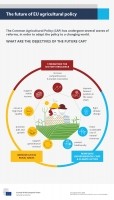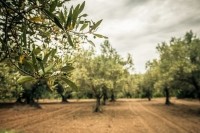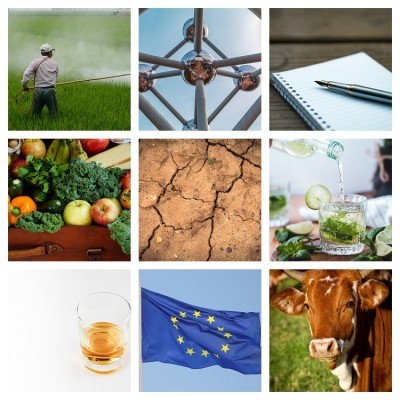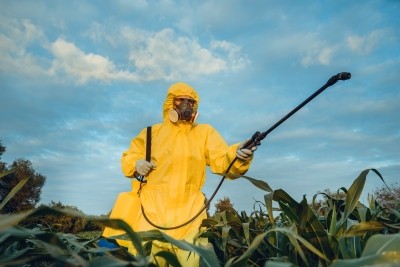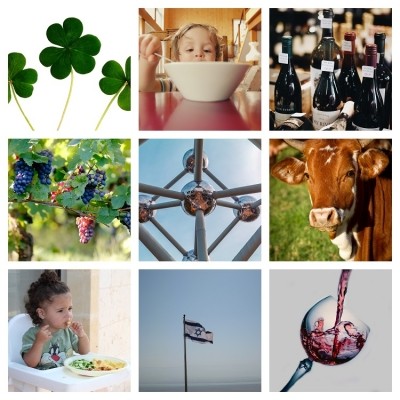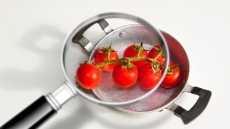Brussels Bulletin: Pro-NutriScore group calls for ‘single official labelling system’
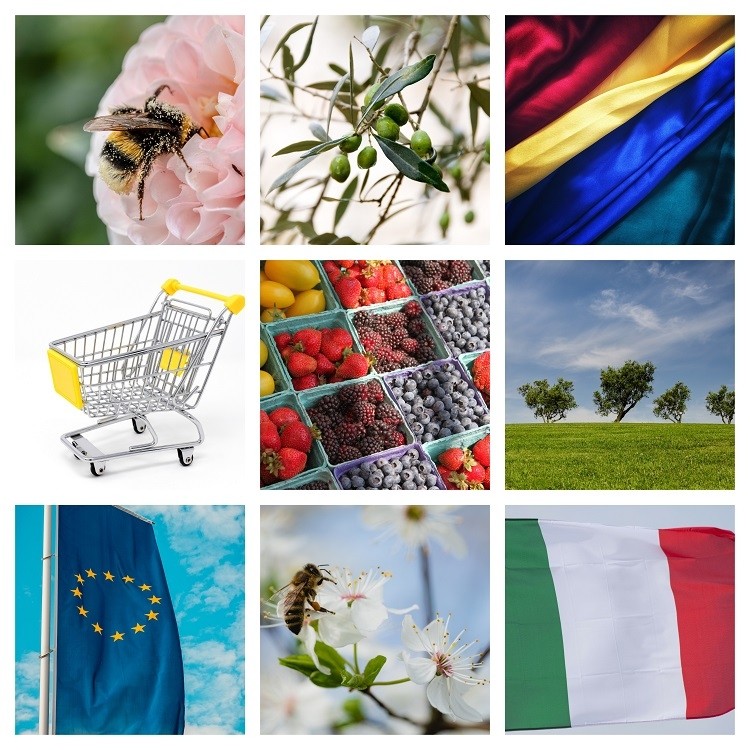
Commission urged to ‘simplify’ nutritional labelling for consumers
Members of a registered ‘Pro-NutriScore’ citizens’ committee have requested the Commission make nutritional labelling easier to read and understand.
The European Citizens’ initiative counts representatives from consumer groups Que Choisir and Test Aankoop – from France and the Netherlands respectively – among its members.
The group wants the nutritional value of food to be understood at a glance “in the face of the diversity of food supply”. In addition, the initiative aims to take action on public health issues by encouraging professionals to improve the composition of their products.
The representatives have also requested the Commission “harmonise nutritional information at European level by imposing a single official labelling system, thereby putting an end to the confusion experienced by European consumers when faced by the plethora of existing logos”.
The organisers have until 8 May 2020 to receive at least one million statements of support from a minimum of seven Member States, before the Commission is required to react.
The Commission Decision on the registration of the proposed citizens’ initiative is available here.
Romania cuts VAT rate on healthy and traditional foods
The Romanian government has lowered VAT rates on a number of product categories to promote healthy eating.
According to finance minister Eugen Teodorovici, the policy change covers certain food and drink products authorised by the agricultural minister: “In order to encourage the consumption of healthy food and boost sales of Romanian traditional, mountain, ecological, organic or other types of products authorised by the agriculture ministry, the government decided to reduce the 5% VAT rate for the sale of food products, including drinks, but excluding the alcoholic beverages…”
The government is optimistic the cut will increase domestic consumption of healthier foods. It predicts, however, that the measure will reduce the government’s budget by approximately €175m over the next four years.
According to a government document, the measure “can contribute to a price reduction for the consumers, taking into account that the price of this kind of merchandise is usually steeper than those of similar products due to high production costs”.
Post-2020 CAP talks continue
This week, the Agriculture and Fisheries Council met in Brussels to discuss the new delivery model of the post 2020 common agricultural policy (CAP) reform package.
Led by council president Petre Daea, who holds the position of minister of agriculture and rural development in Romania, the meeting focused on the Commission’s proposal to shift from a compliance-based to a performance-based policy model for the CAP post-2020.
The model has been largely supported by Member States, the reasons for which were outlined by Daea: “The new delivery model is the centrepiece of the CAP reform and its most innovative feature. Thanks to this paradigm shift, Member States will get a greater say in designing their national policies, but will also have greater responsibility.
“Advancing our discussions on this aspect will help us define the Council’s position on the whole reform package.”
Ministers exchanged views on the agricultural aspects of the Commission communication ‘A clean planet for all: A European strategic long-term vision for a prosperous, modern, competitive and climate neutral economy’, and were updated on developments in the Commission’s initiative to promote European agricultural products in the wold.
The complete outcome of the meeting is available here.
‘Save the bees!’
The European Commission has registered a citizens’ initiative in an effort to improve habitats for insects across the bloc.
The primary objective of the ‘Save the bees! Protection of biodiversity and improvement of habitats for insects in Europe’ initiative is to create mandatory targets that will:
- Make the promotion of biodiversity an overall objective of the common agricultural policy;
- Dramatically cut the use of pesticides, ban harmful pesticides without exception and reform eligibility criteria;
- Promote structural diversity in agricultural landscapes;
- Effectively reduce nutrients (eg. Natura 2000);
- Effectively establish conservation areas;
- Intensify research and monitoring and improve education.
The initiative will be registered on 27 May 2019, before its organisers call for signatures of support. If one million statements of support are achieved within one year – from a minimum of seven different Member States – the Commission will be invited to propose a legal act within a three-month time period.
The Commission can decide to follow the request or not, but must provide reasoning in both cases. More information can be found here.
EU project identifies olive tree disease in southern Italy
The Pest Organisms Threatening Europe (POnTE) project, which was funded by the European Union’s Horizon 2020 research and innovation programme, has identified the cause of foot and rot of olive trees.
The project was prompted by a severe decline of olive trees in some areas of southern Italy during the 2015 and 2016 growing seasons.
Researchers discovered that the plant disease Dactylonectria torresensis is responsible for affecting approximately 20-40% of trees per orchard in the region. Trees showed stunted growth, chlorotic leaves, and dieback of twigs and branches, amongst other visible signs of distress.
The findings, which have been published in The American Phytopathological Society (APS) Publications, are available here.

